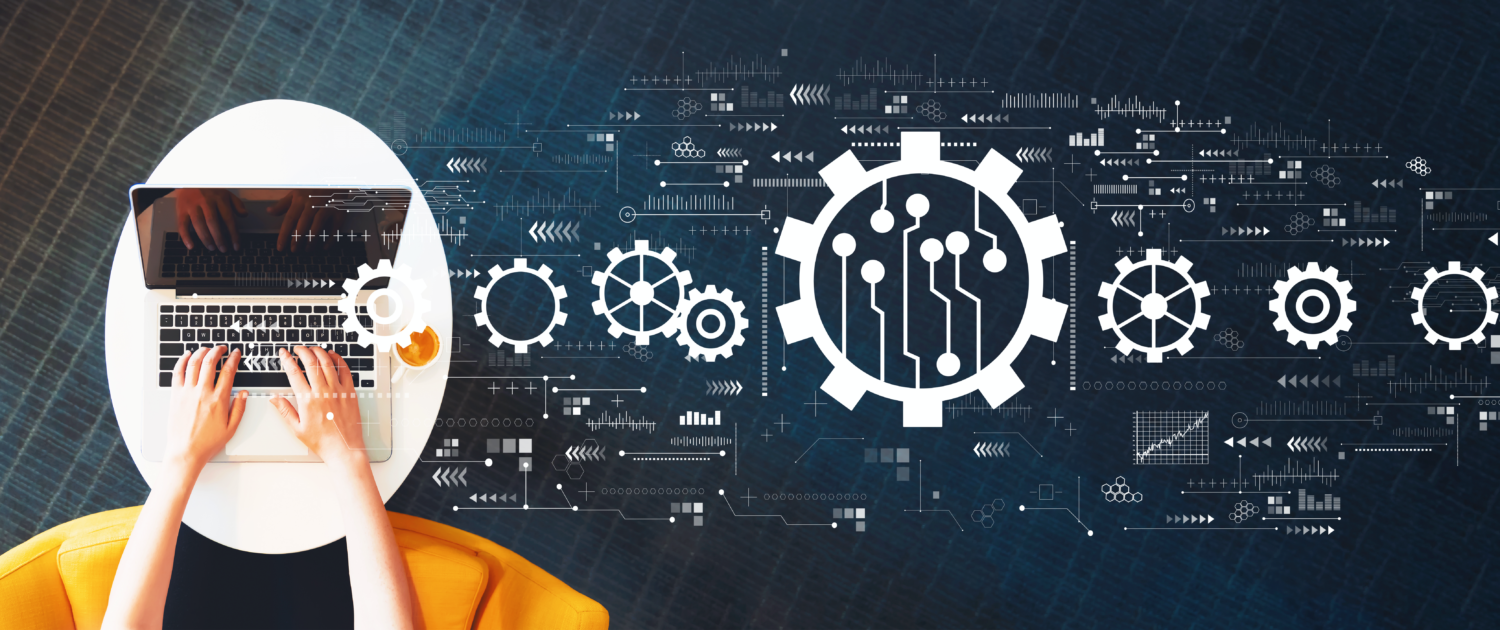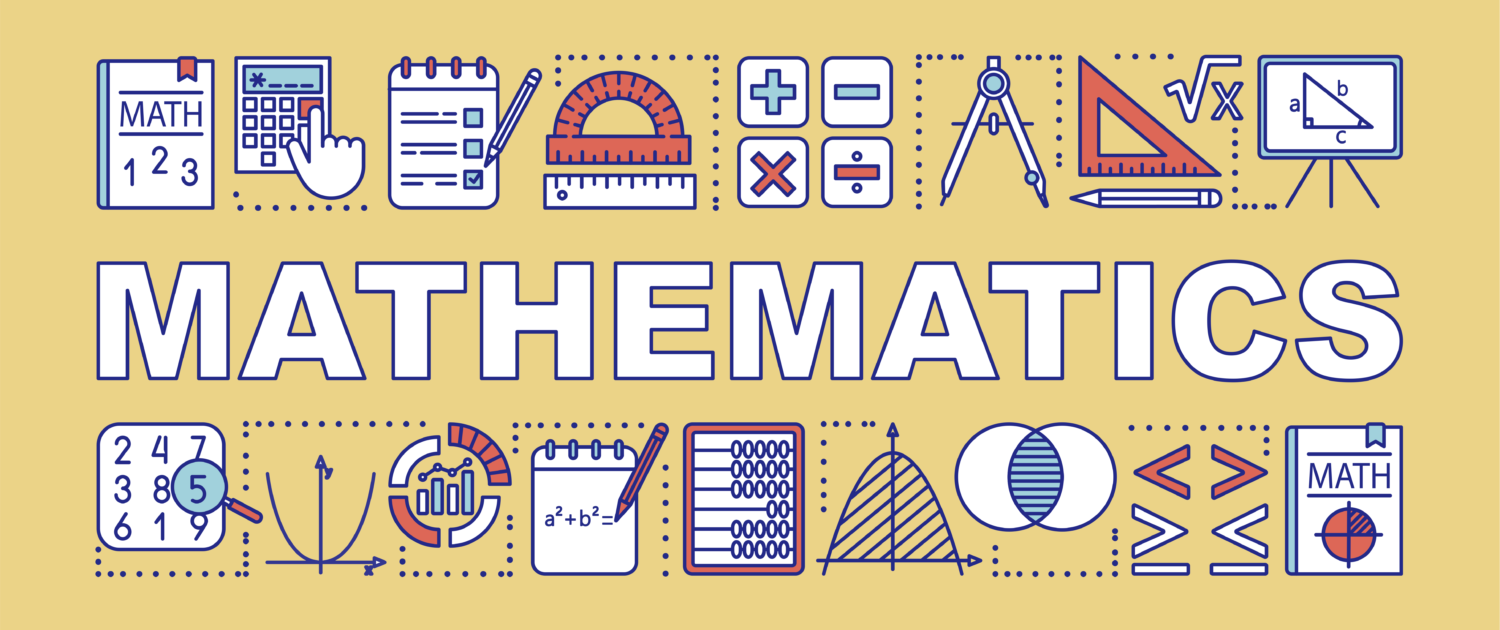
Do you have a focused SALES business recovery plan? Does it allow for current year goal achievement post-crisis?
Most businesses have a business continuity and resiliency plan that allows for continued operation in the event of an unforeseen circumstance, but most businesses do not have a revenue recovery plan! The pandemic crisis has forced new ways of working and impaired business performance, but companies must anticipate coming out of the crisis and being prepared for the new environment. This is the time to take advantage of the crisis by examining and addressing ineffective and unproductive elements of your revenue architecture including systems and talent.
An informal survey of CXO’s conducted by Revenue Architects over the last 6 weeks indicates that sales and marketing organizations are functioning differently through the uncharted waters of the COVID-19 pandemic. The results confirmed that 90% have been materially impacted.
- 60% of participants stated that they have or plan to layoff/furlough part or all of their sales and marketing teams
- 50% stated they do not have a formal recovery plan to return to Pre Covid-19 performance.
- 100% stated that working remotely had a positive impact on their productivity while also representing new management challenges
- 80% indicated that it was harder to bring some staff given the reverse incentives of government programs.
Conducting business under current constraints with social distancing, remote working and the reduction of capital expenditures is a new challenge. It can be harder to sell if you are not in front of the client. Yet even before the pandemic the skills and profile of sales superstars were changing. And the B2B buyer, already digital savvy, was becoming more educated and self-sufficient using online resources to self-sell.
“If you give me a techno-savvy, Internet-friendly, google ranked, instant responding, collaborating, differentiated, social media savvy, value-driven, a value-based messaging, salesperson who uses the voice of the customer testimonials and is interested in how the customer profits…then, I will give you sales results”.
But how do we infuse these talents and skills along with sales best practices into our selling team and drive sales, take market share, and position for the upcoming market expansion?
Read more










